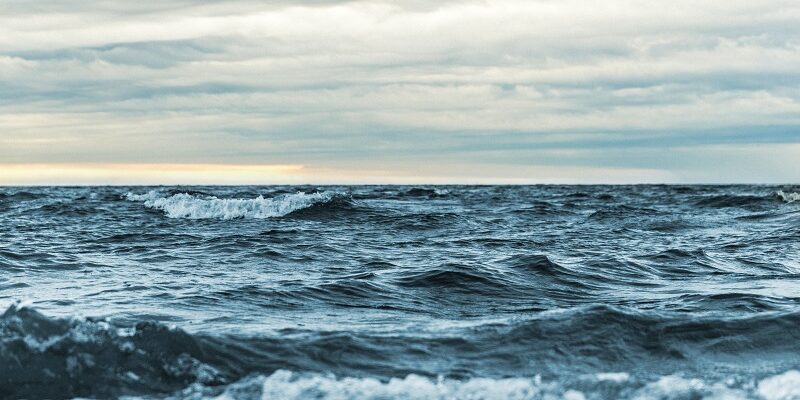The world’s ecosystems face unprecedented challenges from climate change, pollution, overfishing, and habitat destruction. However, there is hope for the future of conservation efforts with the aid of technology and innovative solutions.

One example is Artificial intelligence (AI) and machine learning can provide hope for the future of coral reef conservation. Coral reefs face unprecedented threats from climate change, pollution, overfishing, and habitat destruction. However, machine learning algorithms can analyze data from various sources, such as satellite imagery, underwater cameras, and environmental sensors, to create high-resolution maps of coral reefs with unprecedented accuracy and detail. These maps provide valuable insights into coral reefs’ health, distribution, and vulnerability, which can help marine scientists, policymakers, and conservation organizations make informed decisions and prioritize conservation efforts.

Another project is the rehabilitation of Wadi Gaza. Wadi Gaza, once a vibrant wetland and an important stopover for migrating birds, has severely deteriorated due to upstream water diversion, urban development, and pollution from local municipalities. However, a recent United Nations Development Programme (UNDP) project aims to rehabilitate the area as a nature reserve and coastal wetland. The 10-year, $50 million restoration project aims to address pollution, flood protection, water quality, and restore biodiversity. With initial funding of $9 million from Belgium, Norway, and Japan, the project aims to create an ecological oasis and recreational centre for the people of Gaza while improving livelihoods. Already, environmentalists are noticing positive changes with the cleaner water flowing into the valley and animals returning. The following steps involve strengthening the barrier and greening the area with native species.

Kelp forests are recently being recognized for their economic value. According to a paper published in Nature Communications, kelp forests worldwide generate up to $562 billion annually by providing three primary ecosystem services: boosting fisheries production, removing excessive nutrients from the water and sequestering carbon dioxide. The economic value of kelp forests is about three times greater than previously estimated, with each forest type generating up to $147,100 per hectare per year. The study’s lead author, marine scientist Aaron Eger, said the aim was to communicate the value of kelp forests to enable better management and protection of threatened ecosystems.

Lastly, From Barren Plateaus to Thriving Ecosystems: The Auroville Experiment.
The tropical dry evergreen forest is a threatened ecosystem within 30 to 50 kilometers of the Coromandel Coast in Tamil Nadu, India. This forest type is unique because it can withstand long, humid, hot summers and heavy monsoons. The forests once covered 400 to 500 kilometers of the coast but have largely disappeared due to urbanization and development. Today, the remaining tracts of these forests are found in around 75 sacred groves near coastal villages. The tropical dry evergreen forest is important because it is home to a unique ecosystem with diverse flora and fauna. It also plays a crucial role in maintaining the ecological balance in the region. The conservation of these forests is essential for the survival of several endangered and threatened species, including mammals, birds, and reptiles. Furthermore, restoring these forests can help mitigate the impact of climate change, as they are efficient carbon sinks.



